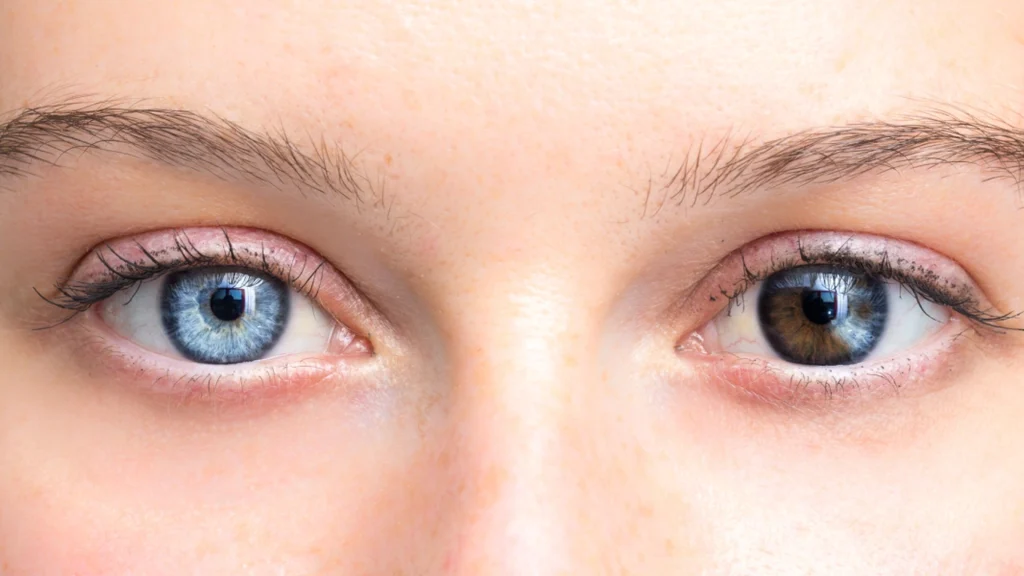In a startling medical case, a six-month-old boy from Thailand experienced a peculiar side effect after being administered an antiviral drug for Covid-19 treatment: his deep brown eyes turned a light shade of blue.
Others are reading now
The drug in question, favipiravir, is commonly used to treat influenza and Ebola. It gained traction as a potential Covid-19 treatment in parts of Asia and Europe during the pandemic, though it never received approval in the United States.
This is reported by Denoffentlige.dk.
Medical professionals in Bangkok, who treated the infant, revealed that the antiviral medication released a fluorescent chemical that accumulated in the boy’s corneas. This unexpected change in eye color occurred 18 hours post-administration. However, the boy’s eyes reverted to their natural hue five days after the treatment concluded.
While such a transformation might sound alarming, it’s essential to note that the most frequent side effects of this treatment include an increase in the body’s uric acid levels, diarrhea, and a reduced count of white blood cells, accounting for roughly 20% of the side effects. Moreover, this color alteration did not seem to impact the child’s vision. An eye examination conducted after the treatment confirmed that the boy could see and follow light in all directions.
Also read
The report detailing this unique case was published in April 2023 in the journal “Frontiers in Pediatrics.” On the first day of treatment, the boy received 82 milligrams of the drug. His mother noticed the color shift in his eyes 18 hours later. The study mentioned, “No bluish discoloration was observed elsewhere, such as the skin, nails, or oral mucosa. The symptoms improved after three days of treatment with favipiravir.”
Researchers hypothesized that this fluorescence might be attributed to the drug itself, its metabolites, or other tablet components like titanium dioxide and yellow iron oxide.
Interestingly, this isn’t an isolated incident. A 2021 study reported a similar case involving a 20-year-old man in India. After receiving favipiravir, he noticed a change in his eye color on the second day – the same deep blue shade that reverted to its natural brown once the treatment ceased. The report from Medicine Healthway Hospitals in India stated, “We assumed that the bluish hue in the cornea might be related to favipiravir, and we advised the patient to immediately discontinue the drug. Remarkably, a day after stopping favipiravir, the patient’s corneas returned to their normal color.”
Following this incident, the team scoured other literature to identify similar cases but concluded that this man was the first documented case where favipiravir caused a bluish discoloration of the cornea.
In the realm of medical anomalies, this case stands out, reminding us of the unpredictable nature of medicine and the human body’s response to it.








